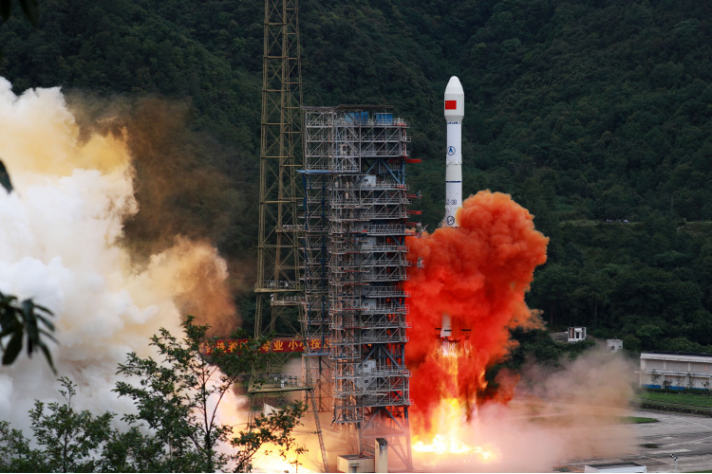

Source: Xinhua News
The China-developed BeiDou Navigation Satellite System (BDS) has been deeply integrated into diverse industries and is fully serving the country's economic and social development, according to a Xinhua News report on May 7.
The BDS has shown its enhanced power in driving China's socioeconomic development, with its continuously expanding depth and width of application, according to the China Satellite Navigation Office.
The system is empowering all walks of life through its remarkable achievements. It has been deeply integrated into various industries and provided comprehensive services for transportation, disaster prevention and mitigation, agriculture, forestry, animal husbandry and fishery, power and communication, and other fields.
By the end of 2021, there were more than 1 billion units and terminals using the BDS positioning function nationwide, according to statistics from the National Development and Reform Commission (NDRC), said Xinhua.
In China, the BDS has also shown its worth in sustaining the key services industries of the country's socioeconomic sphere.
By the end of 2021, the BDS had been installed in more than 7.9 million road transport vehicles nationwide, and approximately 8,000 BDS terminals were in use on the country's railway network, the NDRC statistics show.
BDS-based applications are also serving the medical health, COVID-19 prevention, remote monitoring and online services sectors nationwide.
By the end of the 13th Five-Year Plan period (2016-2020), the scale of China's satellite navigation industry had exceeded RMB 400 billion ($ 59.56 billion), according to the NDRC.
On July 31, 2020, China officially commissioned the BDS, opening the new BDS-3 system to global users.
The BDS can provide diverse services and has powerful functions. Globally, the system can provide positioning, navigation and timing (PNT) services, global messaging communication services, and international search and rescue services.
In the Asia-Pacific region, its services include regional short messaging communication, precise point positioning, satellite-based augmentation and ground-based augmentation.








